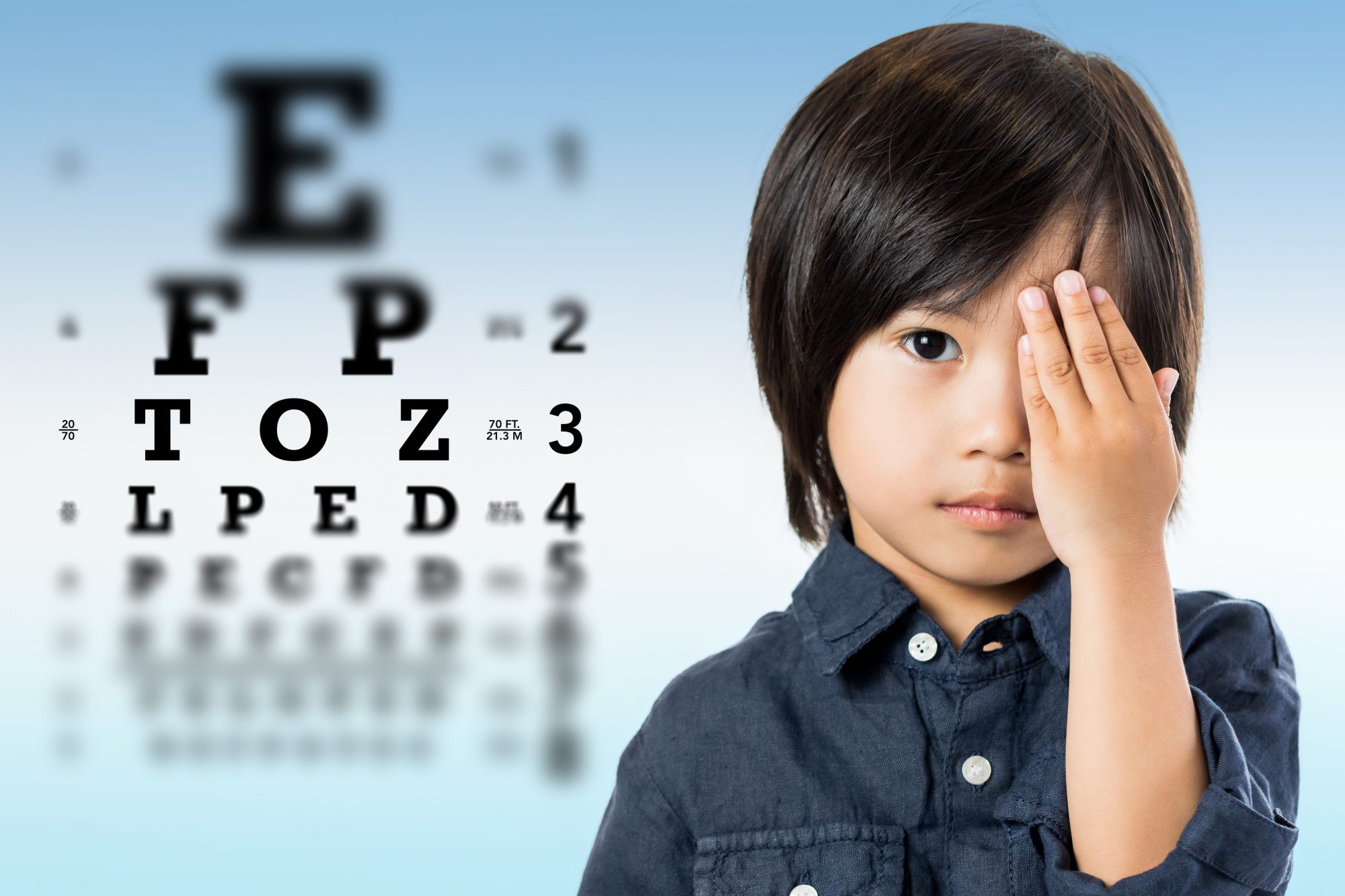 By: Alissa Talamo, PhD
By: Alissa Talamo, PhD
Clinical Neuropsychologist, NESCA
- Rodney gets decent grades and achieves close to or at grade level in all of his district assessments. When concerns about his reading achievement were raised and an evaluation was conducted, it was found that his IQ is well above average, superior in some areas, but his reading decoding scores are below the average range for students his age. He has a combination of some gifted abilities and other areas that require intensive intervention. Rodney is twice-exceptional. (National Education Association, The Twice Exceptional Dilemma).
- Because of his behavioral difficulties, James attends a special program within his school for students with emotional and behavioral disorders. His teachers have difficulty seeing him as “gifted” as he is often uncooperative and reluctant to perform academic tasks in class. However, indicators are there. He participates in a weekly community program with students who are not disabled, to design a functioning robot and does so with a tremendous amount of ingenuity. He is also an avid reader outside of school and can offer a very keen oral analysis of the works he has read. James is twice-exceptional. (National Education Association, The Twice Exceptional Dilemma).
Twice exceptional—or “2e”—students are those who possess outstanding gifts or talents and are capable of high performance, but who also have a disability that affects some aspect of learning (Brody & Mills, 1997). The largest group of twice exceptional children are those students who are academically gifted but who also have a disability (e.g., learning, physical, social/emotional or behavioral).
Some common characteristics of gifted students who also have a disability include:
- Demonstrates a high verbal ability, but displays extreme difficulties in written language (reading, written expression)
- Has strong observation skills but difficulty with memory skills
- Shows attention deficit problems, even though they demonstrate special talents that consume their attention
- Understands concepts at a high level, but struggles with basic skills (e.g., reading decoding, math fact fluency).
As a result, these students are at risk of facing challenges, such as:
- Asynchronous development (the child is far ahead intellectually, but far behind socially and emotionally)
- Underperforming academically
- Frustration
- Argumentative personality
- Sensitivity to criticism
- Poor study habits and organizational skills
- Difficulty in social situations
- Because they are clearly bright but performing poorly, they may be perceived as “lazy,” which, in turn, puts them at risk for criticism that can negatively impact self-esteem, which can also put them at risk for depression.
Unfortunately, in the states of Massachusetts and New Hampshire, there is currently no gifted education legislation. As a result, schools are not required to identify gifted students. Even if a specific school system does choose to identify these students, there is no mandate to create a program for those identified, and there is no gifted funding. Massachusetts and New Hampshire are two of only eight U.S. states that do not have a gifted and talented mandate. And while Rhode Island has mandated identification of gifted students and requires programs to serve those students, it does not provide the schools with any government funding.
Since Massachusetts and New Hampshire are not yet mandating screenings for giftedness, nor mandating programs for these students (although some schools do so independent of the lack of mandate), it is important for parents to be informed of their child’s learning profile to advocate for needed services as well as to encourage their child’s areas of strengths and interests. The best way to determine if a child meets criteria for twice exceptionality is through a neuropsychological evaluation. A thorough neuropsychological evaluation will help a parent and school understand a child’s cognitive, academic and social/emotional strengths and weaknesses, helping to identify what supports or programming that specific child truly needs.
In addition, there are supports out there, as many giftedness programs and extra-curricular opportunities exist. Some helpful websites include:
- davidsongifted.org – along with a strong (and easily searchable) database, the Davidson Institute and Davidson Academy are dedicated to supporting profoundly gifted students in the United States, including summer programs, scholarships and an accredited online school.
- massgifted.org – The Massachusetts Association for Gifted Education’s (MAGE) mission is to support and advance the understanding of high potential/gifted children and their special needs, to promote the establishment of programs, services and opportunities for high ability/gifted students, and to encourage the exchange of information pertaining to gifted individuals among educators, parents, policy-makers and students on the national, state and local levels.
Additional sources used for this article:
childmind.org/article/twice-exceptional kids both gifted and challenged
www.nea.org/assets/docs/twiceexceptional.pdf
www.understood.org/myths about twice exceptional 2e students
https://www.givingcompass.org/article/schools-struggle-to-serve-gifted-students-with-disabilities
About the Author:

To book a neuropsychological evaluation or consultation with Dr. Talamo or one of our many other expert neuropsychologists, complete NESCA’s online intake form. Indicate that you would like to see “Dr. Talamo” in the referral line.
Neuropsychology & Education Services for Children & Adolescents (NESCA) is a pediatric neuropsychology practice and integrative treatment center with offices in Newton and Plainville, Massachusetts, and Londonderry, New Hampshire, serving clients from preschool through young adulthood and their families. For more information, please email info@nesca-newton.com or call 617-658-9800.















 (or adolescent or adult) is developing skills at a rate and capacity commensurate with their age and ability level. In order to do this in an efficient, equitable, and consistent manner, test developers identify skills they think are important in learning, devise a task that appears to quantifiably measure that skill, give that task to children in different age groups and then transform the raw scores attained by the children into a common scale. This allows them to compare different children within an age group, and this also allows them to compare the same child at different ages. Some common measurement scales are standard scores, scaled scores, Z scores, T-scores and percentiles. All of these formats are based on a normal distribution (remember the bell curve?) in which the majority of scores fall within a certain area with increasingly fewer scores falling at either end. The “bump” where most scores fall is described as average (between 25th and 75th%ile) with the tails receiving an above or below average description. While these descriptions do not begin to capture the whole child, they do convey information about how a child is performing relative to developmental expectations based on what we know about children of the same age. They can also tell us if the child is making age expected progress according to their unique learning curve. Furthermore, most people are good at some things and not so good at others, and the pattern of their scores can often give us valuable information about their learning profile.
(or adolescent or adult) is developing skills at a rate and capacity commensurate with their age and ability level. In order to do this in an efficient, equitable, and consistent manner, test developers identify skills they think are important in learning, devise a task that appears to quantifiably measure that skill, give that task to children in different age groups and then transform the raw scores attained by the children into a common scale. This allows them to compare different children within an age group, and this also allows them to compare the same child at different ages. Some common measurement scales are standard scores, scaled scores, Z scores, T-scores and percentiles. All of these formats are based on a normal distribution (remember the bell curve?) in which the majority of scores fall within a certain area with increasingly fewer scores falling at either end. The “bump” where most scores fall is described as average (between 25th and 75th%ile) with the tails receiving an above or below average description. While these descriptions do not begin to capture the whole child, they do convey information about how a child is performing relative to developmental expectations based on what we know about children of the same age. They can also tell us if the child is making age expected progress according to their unique learning curve. Furthermore, most people are good at some things and not so good at others, and the pattern of their scores can often give us valuable information about their learning profile. Formerly an adolescent and family therapist,
Formerly an adolescent and family therapist,
Connect with Us